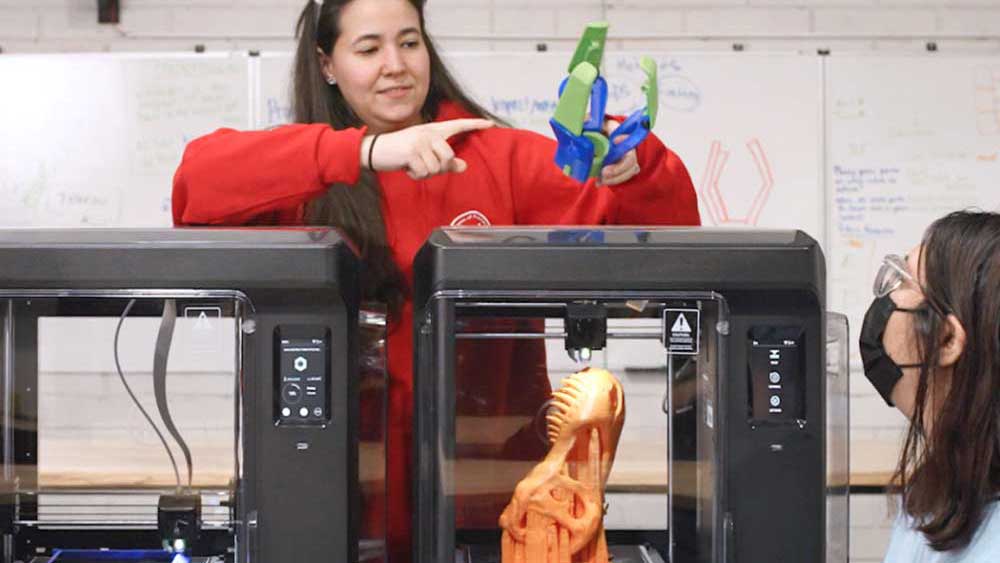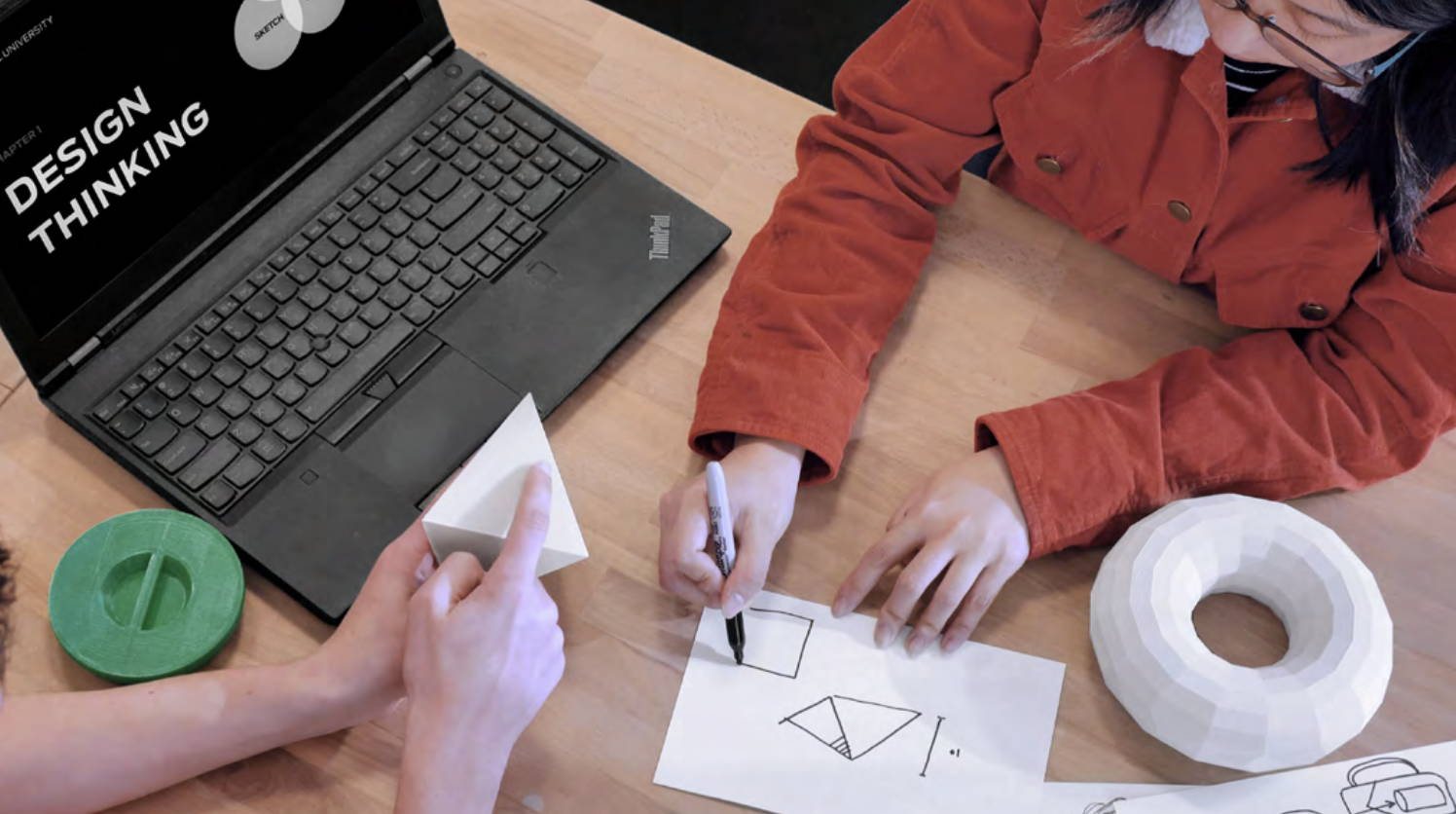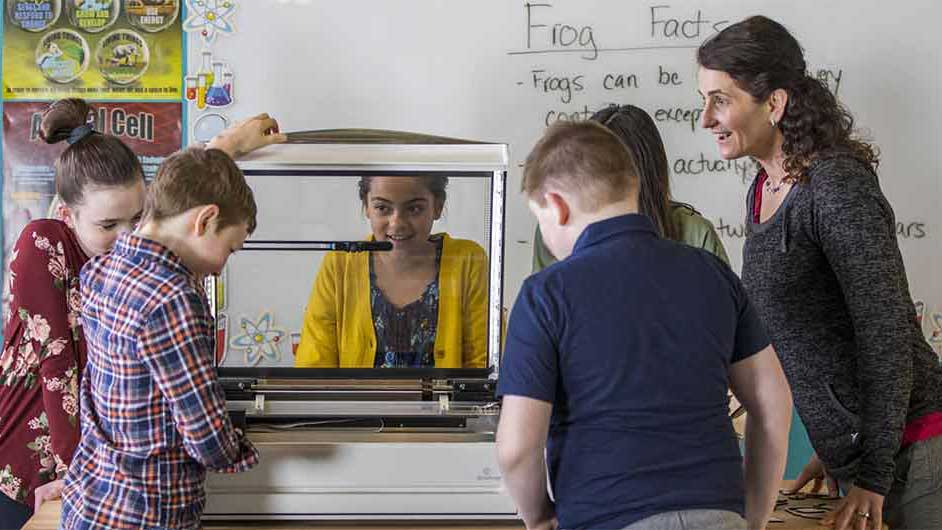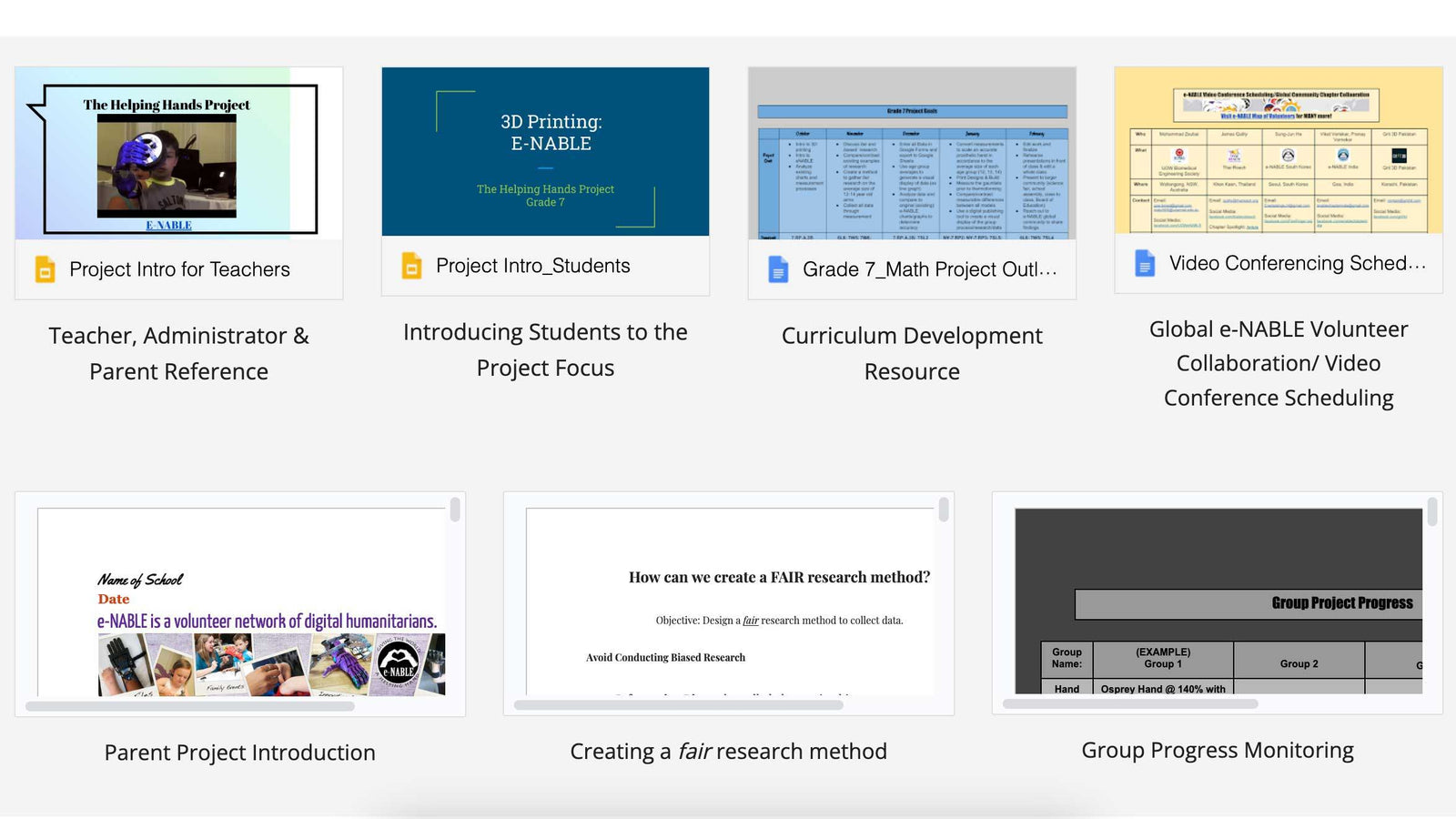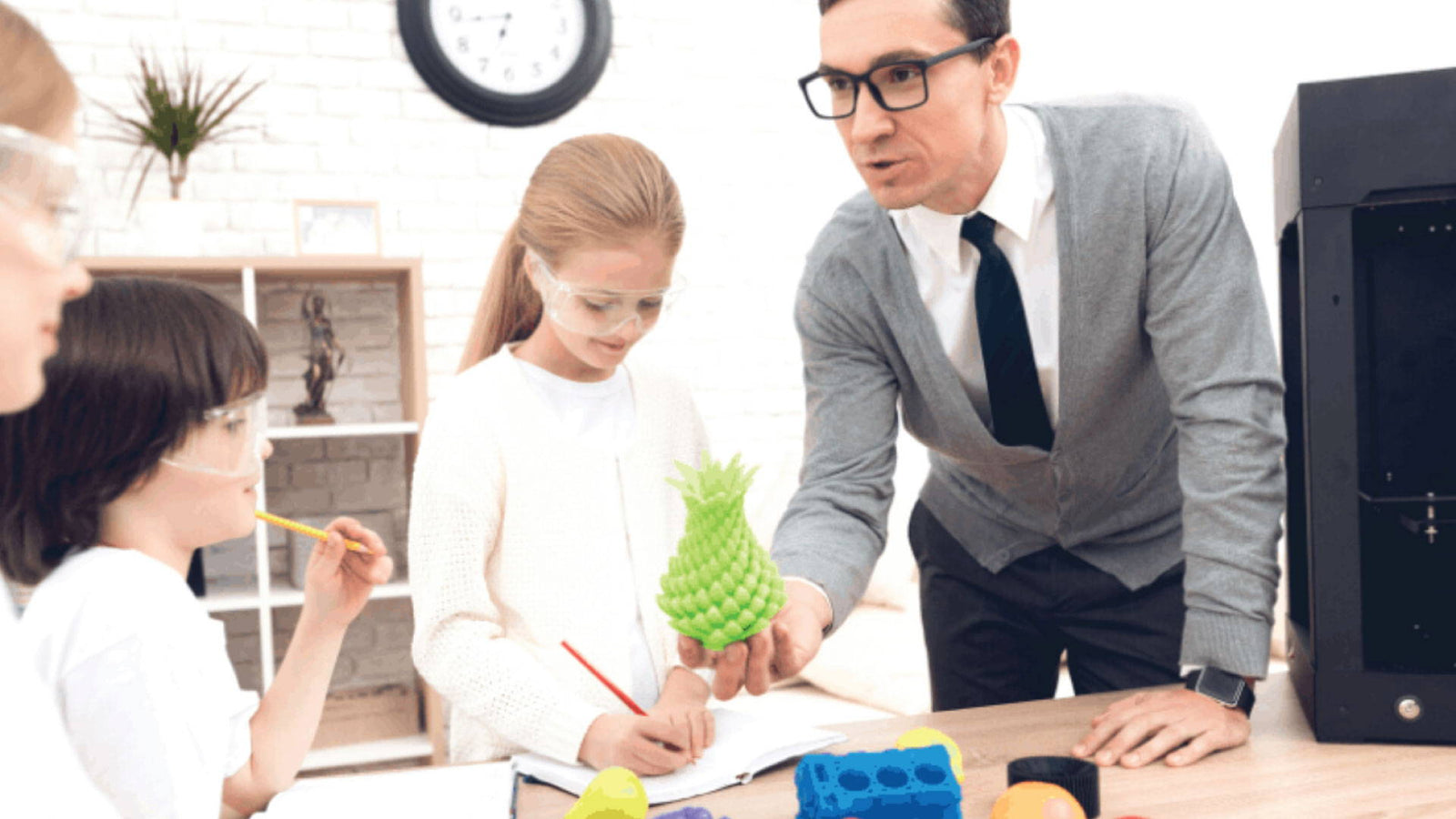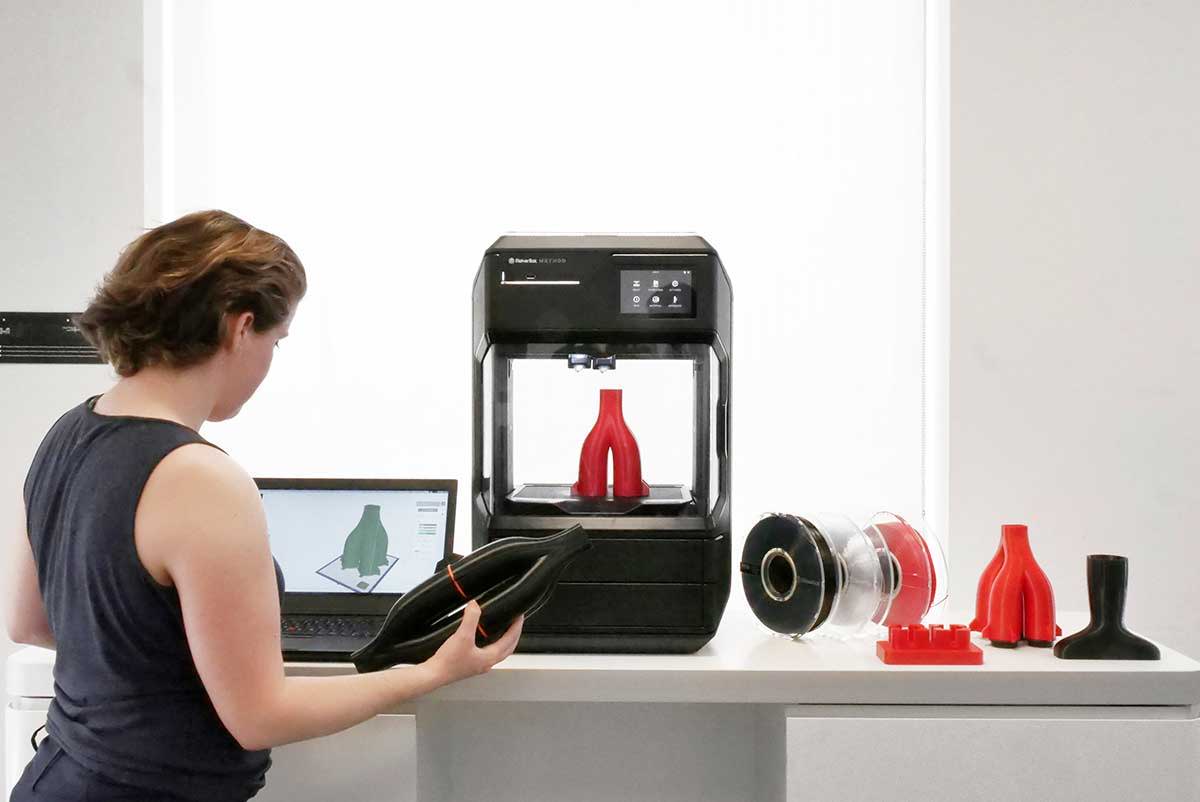3D Printing in Every Classroom: Part I
June 08, 2023

How do we get there? Two models for getting 3D printing into every classroom.
Top-Down 3D Printing in every classroom
In early April this year, a report began to circulate that "the Chinese government has a new policy to install a 3D printer in each of its approximately 400,000 elementary schools over the next two years."
This bold move will station China at the forefront of the march to bring 3D printing technology to the classroom. It demonstrates a commitment to the democratization of learning, an ideal counterpart to the potential for 3D printing to democratize manufacturing or 'making.'
With a printer in every classroom, all of China's children will have an opportunity to experience this transformative technology and participate in a process that will change the way we manufacture, the way we design, the way we think.
Printers in 400,000 schools. That's a bold and enviable initiative. It's also a top-down initiative. What are the potential challenges involved in this approach?
Certainly, the preparedness of the infrastructure is a concern:
- Will staff in every school be prepared to support and sustain this technology?
- Will curricula be ready so that 3D printing is integrated into learning in the most effective ways possible?
- Will teachers be trained to incorporate 3D printing into their classrooms in effective ways?
- Will schools have an adequate ongoing supply of required materials?
Bottoms up 3D printing in every classroom
It's hard to imagine us succeeding with a similar strategy in the U.S. Surely there would be years of painful budgetary wrangling accompanied by partisan attacks and counter-attacks.
In the U.S. we rely on generating excitement and interest at the grassroots level with federal and local level speeches, Maker Faires, science fairs and funding for centerpiece resources.
Last June 18, President Obama "hosted the first-ever White House Maker Faire and challenged -every company, every college, every community, every citizen
Also in 2014, The America Makes Institute was established, members of Congress established a Makers Caucus, and $240,000,000 was designated for a new digital manufacturing hub in Chicago. Another $240,000,000 in STEM Commitments announced at the National Science Fair in 2015 included specifics related to 3D printing technology and encouraging 'makers.'
Other than generating excitement and seed funding, though, it has been up to individual schools, school districts and organizations to plan for and invest in 3D printing. There are an increasing number of wonderful 3D printing projects initiated in individual classrooms and schools, I'll highlight several in 3D Print in every classroom, Part III.
In our U.S. based business, sales to teachers, schools and school districts have been brisk, amounting to about 40% of all sales. This is encouraging news for getting 3D printers into every classroom!
Within the local framework, there are somewhat wider commitments in the U.S. Last week an announcement came out about Baltimore placing 3D printers in each of its 49 Archdiocese schools.
This strategy of relying on local interest, engagement and funding may result in some gains for long-term development and maintenance.
- Doing the research and planning that results in 3D printing funding in specific schools may make them better prepared to integrate 3D printing technology into the students' world.
- Early-on engagement in local areas may produce the interest and skills to maintain a project.
On the other hand, relying on local interest and engagement means some kids will have more access than others. Some may not have access or only delayed access.
3D printing in every classroom: Top-down or bottoms up?
These two models for bringing 3D printing to the classroom are very different. Each has inherent benefits and challenges.
- Which model do you think will work better to get sustainable 3D printing programs into every school?
- What ideas do you have for overcoming the challenge in a bottoms-up model of reaching every child in this country?
Follow us on Twitter (@3dprintingisfun) and like us on Facebook. Subscribe to this blog, or visit us at shop3duniverse.com.
Coming up: 3D Printing in Every Classroom, Part II.
